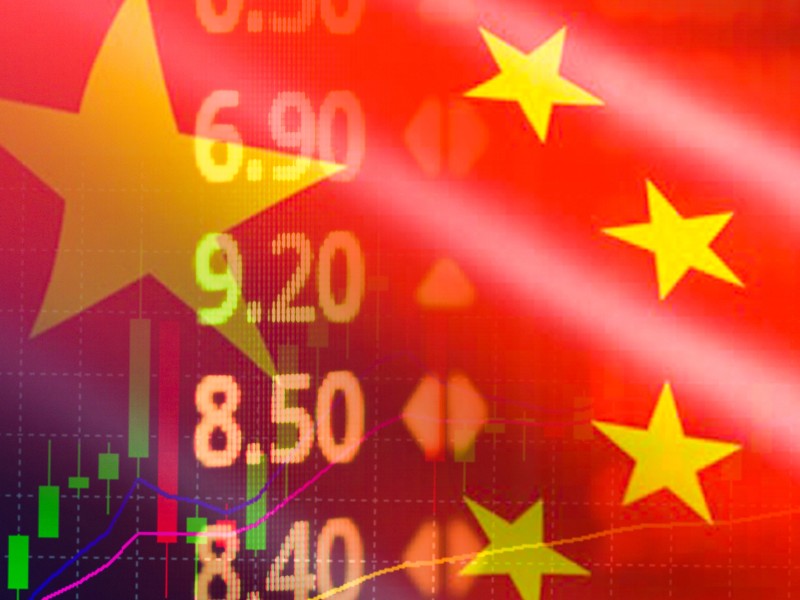

Many investors believe the end of the current economic cycle is coming, according to Invesco’s latest global fixed income survey.
While 49 per cent of respondents said they expect the current cycle to last one or two more years, a slim majority (52 per cent) of North American investors said it will end earlier. Investors in Asia are more optimistic, with 75 per cent saying they believe the cycle will last at least another year.
“Investors believe we’re quite late in the current economic cycle, but we found they’re not foreseeing a significant correction in fixed income, and rather expect the rare event of a soft landing with a continued flat yield curve,” said Rob Waldner, chief strategist and global head of multi-sector portfolio management at Invesco Fixed Income, in a press release.
Read: Inclusion of ESG in fixed income isn’t keeping up with investor demand: research
The survey found large amounts of government debt and trade tensions are among the triggers that investors are watching that could indicate an impending downturn. Even so, the majority of respondents said they believe the downturn won’t be as dramatic for bonds, whereas they expect a correction for equity markets. Sixty per cent of investors said they expect credit spreads will widen in the next three years and 45 per cent said they believe the yield curve will remain flat for a prolonged period.
“Growth risks are skewed to the downside, but our clients seem fairly confident the next recession won’t be nearly as bad as the last,” said Waldner. “Because of this view, they’ve invested in higher quality bonds and scaled back risk, but they’re also looking for the slowdown to reset asset prices that may have been artificially inflated by central banks. And they’ll likely take that opportunity to add at higher yields.”
Many investors are focused on China, the research noted, with 58 per cent of North American investors saying they plan to increase allocations to that country over the next three years. Globally, 32 per cent of respondents said the same. Notably, the survey found North American investors are less likely to have a significant allocation to Chinese bonds than investors from other regions.
Read: Number of indexes on the rise, led by fixed income: report
For half of overall investors planning to increase their holdings, these actions are part of a long-term strategic choice, supported by the fact that Chinese bonds are increasingly making up higher weightings in major fixed income indexes, the research found. It also noted Chinese bonds are underrepresented in global portfolios, especially considering the size of the country’s debt market.
“There’s a growing fascination with China as an investment destination, given its sheer size and economic heft, but also given its rapid market liberalization and growing list of highly successful corporations,” said Julie Salsbery, senior portfolio manager and director of business strategy at Invesco. “While index inclusion will definitely accelerate both awareness and investment, China is still classified as an emerging market and will likely be subject to bouts of volatility.”
The study also found environmental, social and governance issues within fixed income are holding investors’ interest, driven by perceived benefits to risk management, potential for enhanced returns and growing interest from stakeholders. However, significant barriers remain, including the lack of reliable data and suitable products, as well as a dispersion of views on the tradeoff between principles and returns.
Read: A look at macro trends driving DB pension investment strategies
Larger investors were more likely to have taken real steps to incorporate ESG factors into their fixed income strategies, such as engaging with companies and building ESG-dedicated teams, the research noted. This was most prevalent among investors in Europe, the Middle East and Africa, where 76 per cent of respondents said they have an ESG commitment policy. And about half (51 per cent) of this group said they consider ESG concerns with regard to their fixed income investments.
North America’s commitment lags at 44 per cent, with 38 per cent of survey respondents noting they consider ESG in fixed income.
“Interest in ESG investing continues to evolve from simple negative screens where portfolios exclude certain industries, to an integration of ESG factors into risk/return analysis for each asset, to positive screening and impact investing,” said Salsbery. “With few hard-and-fast rules and definitions, and only nascent regulation, ESG investing requires active management and active engagement with each client to ensure their unique objectives are being met.”
Read: Junior infrastructure debt holds opportunities for plan sponsors
